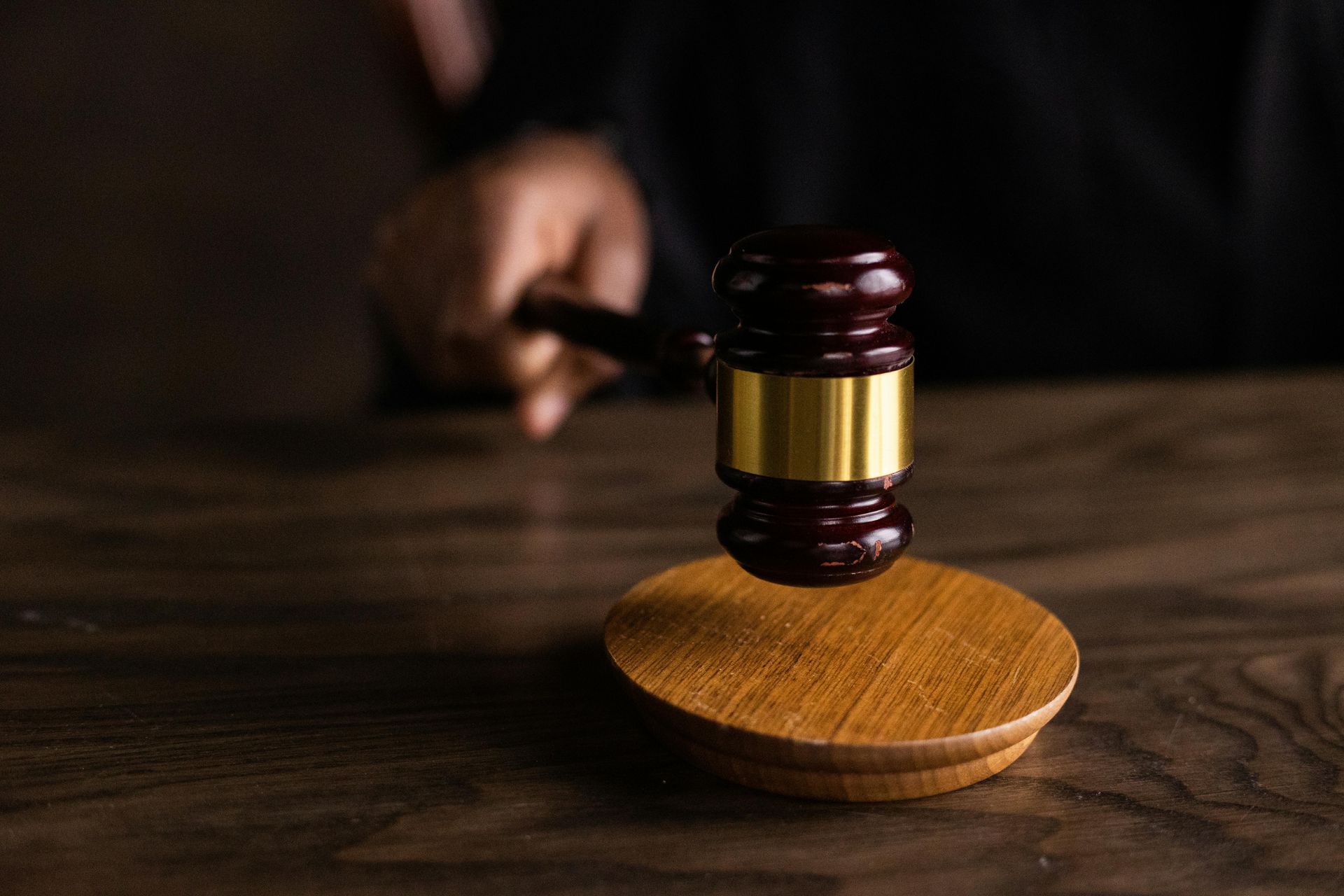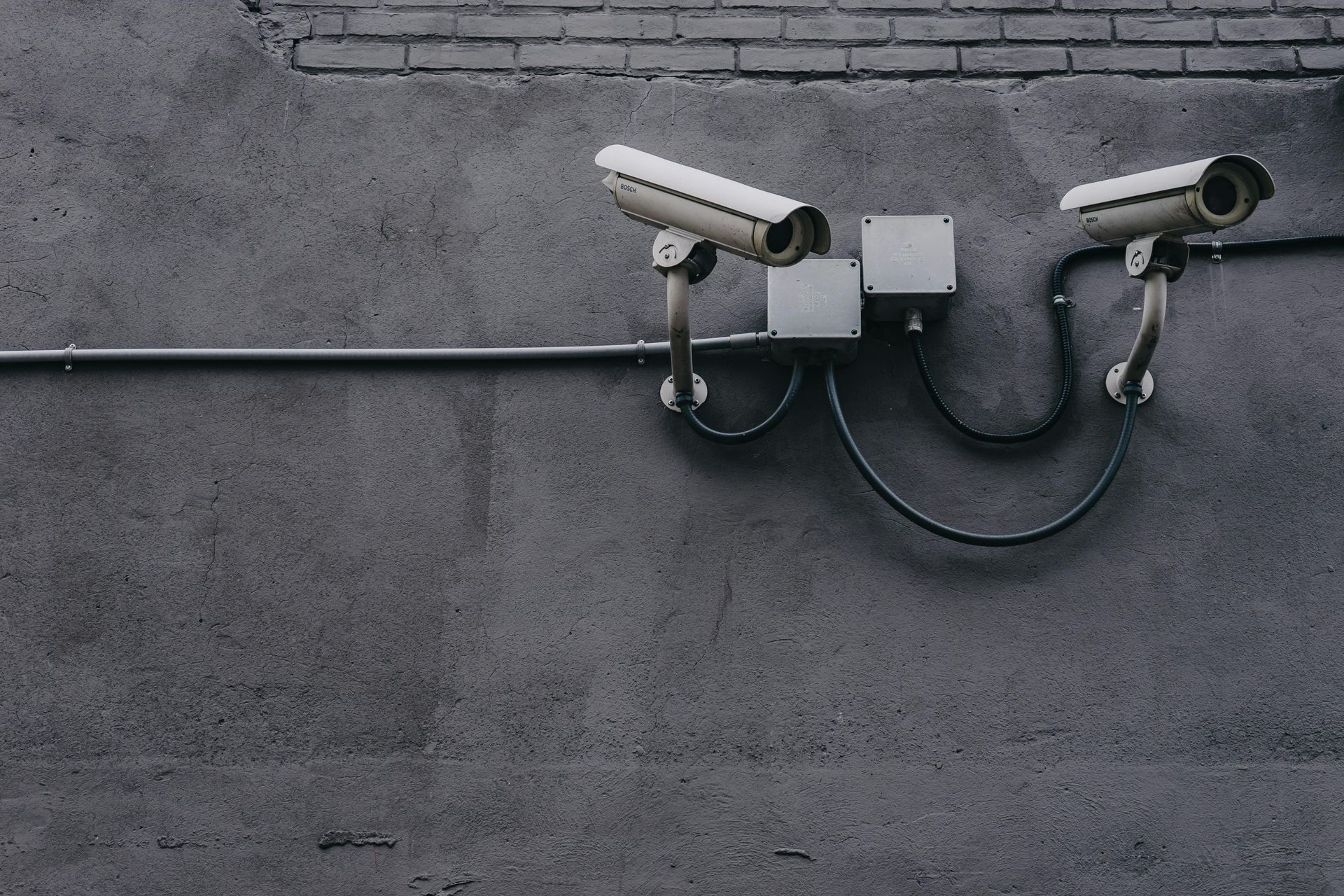Contact Us
Phone: 414-261-6222
Location
38 S Main St
Unit 1056
Oconomowoc, WI 53066
Hours
- Mon - Fri
- -
- Saturday
- -
- Sunday
- Closed
Confronting Implicit Bias in Criminal Prosecutions in Southeastern Wisconsin
Confronting Implicit Bias in Criminal Prosecutions in Southeastern Wisconsin
An unarmed black man holding a cellphone, Stephon Clark, is fatally shot in his grandmother’s backyard in Sacramento and residents ask whether the officers only saw race when pulling their triggers 20 times.
Saheed Vassell, a mentally ill black man waving a pistol-shaped metal car part at pedestrians, is gunned down by police officers on a street in Crown Heights, Brooklyn, and the outrage focuses on whether deep-seated prejudices fueled the quick use of deadly force.
Two black men are led in handcuffs from a Starbucks in Philadelphia and alarm bells go off: Had the officers unconsciously adopted the racial bias of the store employee who called the police?
While explicit bias remains part of the fabric of life in the United States, elected leaders and chiefs of police have increasingly focused on what is often called implicit bias, inherently unintentional yet more pervasive.
Understanding implicit bias for police officers is recognizing that “officers might have biases that influence their behavior, judgments, and decisions, even if they are not explicitly or overtly biased against a particular group of people.” Renee J. Mitchell and Lois James, “Addressing the Elephant in the Room: The Need to Evaluate Implicit Bias Training Effectiveness for Improving Fairness in Police Officer Decision-Making,” Police Chief Online, November 28, 2018, “Police officers are likely to be just as susceptible to implicit bias as any other professional group—perhaps more so, given the nature of their work, which often focuses on negative aspects of human behavior.” Id.
In policing, the consequences of such bias can be dire. If officers rely on stereotypes instead of facts, routine encounters can escalate or turn deadly.
Least one believe this is not a problem in Southeastern Wisconsin, consider these recent remarks attributed to two Waukesha County Republican candidates for district attorney.
At a June 19 debate held by the Republican Party of Waukesha County, the two candidates tried to outdo one another over who would be tougher “on crime from Milwaukee,” saying it was “the biggest concern facing Waukesha County.”
There’s no easy way to measure if crime from Milwaukee is seeping into Waukesha County. But a crunching of the available data shows that about one-third of the cases charged in Waukesha County over the last five years were connected to people with Milwaukee County addresses.
About three-quarters of the cases in Waukesha County involving Milwaukee County residents were lower-level misdemeanor and traffic charges, the Journal Sentinel analysis found.
It’s unknown if prosecutors are charging Milwaukee County residents at higher rates or if the disparity reflects a larger share of Milwaukee County residents being stopped and arrested by police on those potential offense
The Journal Sentinel did not have access to data on traffic stop enforcement in Waukesha County. Studies show law enforcement nationwide disproportionately subjects Black individuals to traffic stops and searches. See, e.g.,
Research Shows Black Drivers More Likely to Be Stopped by Police.


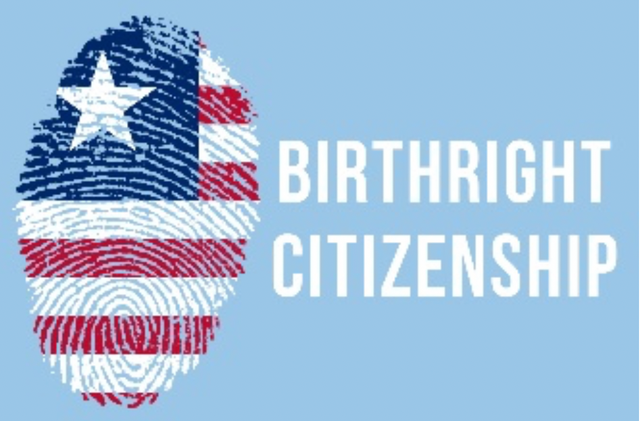
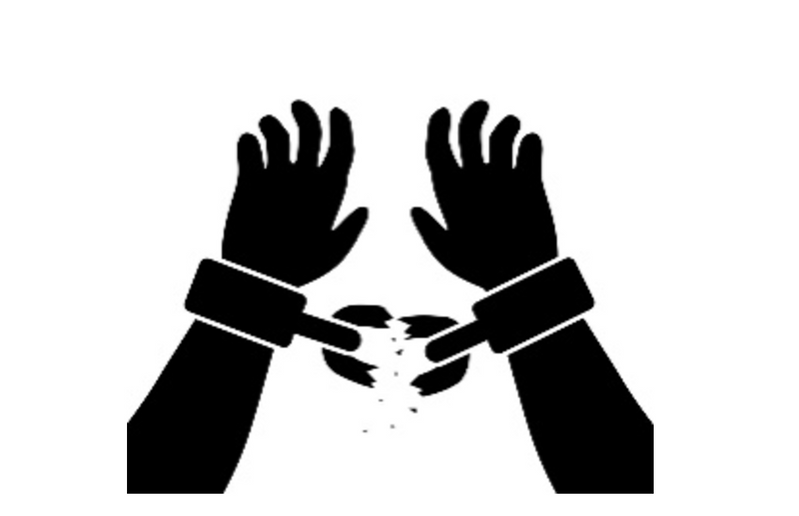

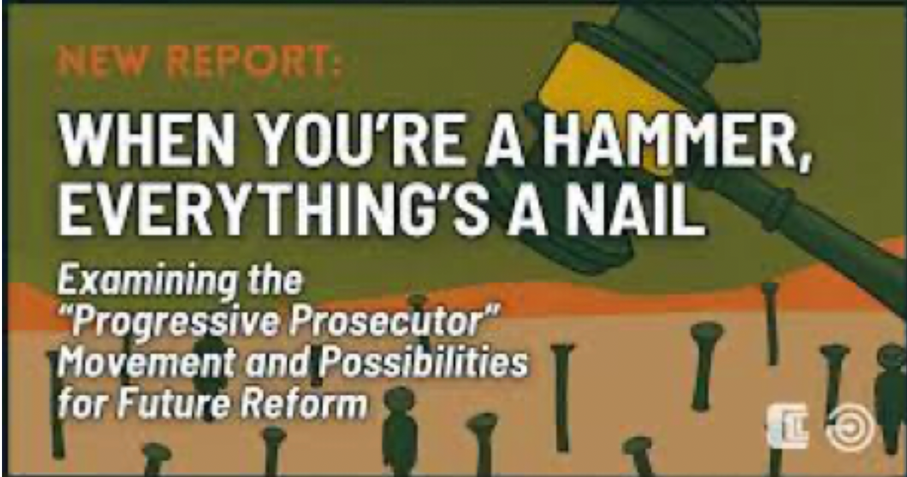
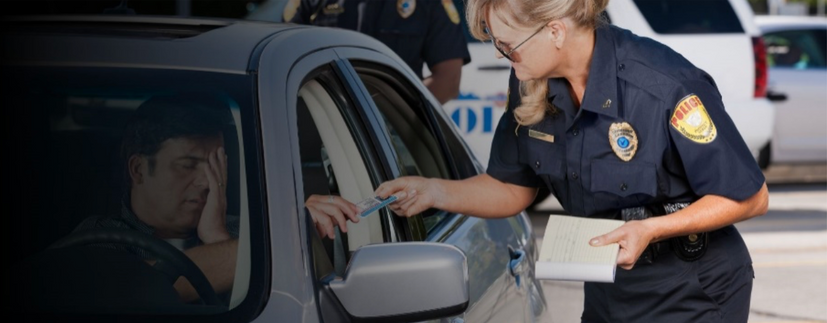

Schedule a Case Evaluation
Contact us now!
Homepage FCE Form
We will get back to you as soon as possible.
Please try again later.
By submitting this form, you agree to be contacted by our law firm, either by phone, text or by email.
Hours
- Mon - Sun
- Open 24 Hours
Disclaimer: The information on this website is for general information purposes only. Nothing on this site should be taken as legal advice for any individual case or situation. This information is not intended to create, and receipt or viewing does not constitute an attorney-client relationship.
All Rights Reserved | Paul Ksicinski Law | Powered By Convert It Marketing | Privacy Policy
All Rights Reserved | Paul Ksicinski Law | Powered By Convert It Marketing | Privacy Policy


